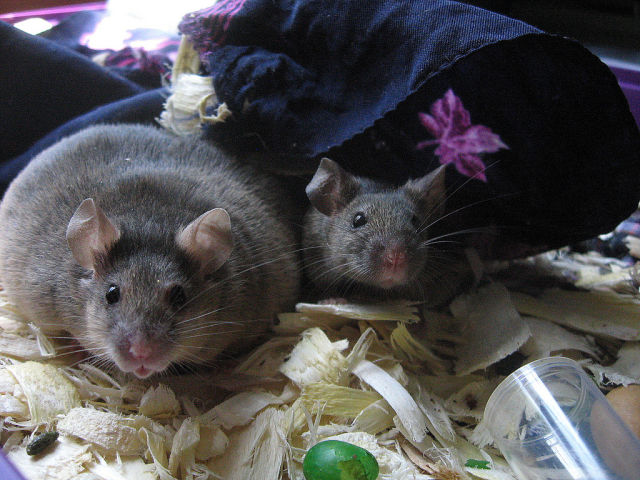“Dangerous paleo diet” study is ragged with holes
Ars Technica » Scientific Method 2016-02-26

Mice eating their pre-Neolithic wood shavings (credit: flickr user: crwr)
There’s a deep sense of irony in adding to a never-ending series of headlines on a study that shouldn’t have had any attention paid to it at all. But the publication on the dangers of the “paleo” diet that’s spawned countless headlines is so flawed that it’s worth exploring why it got so much attention.
“Diabetes expert warns paleo diet is dangerous and increases weight gain,” claims the press release issued to promote a paper in last week’s Nature Nutrition and Diabetes. What's particularly flabbergasting about this situation is that the study didn’t actually have anything to do with a paleo diet—it used a low-carb, high-fat (LCHF) diet. The two diets can be similar—paleo diets tend to be lower in carbs and higher in fats—but they’re not the same thing, and it’s possible to eat a paleo diet that’s not high in fat.
The headline also doesn’t mention that the study looked at mice. But not many mice—only seventeen male New Zealand Obese (NZO) mice, which are inbred to be severely predisposed to obesity and diabetes. Given that the study wanted to find out whether the diet is suitable for obese, pre-diabetic people, it makes sense to study mice with a predisposition toward these conditions. But it does mean that the results don't apply more broadly. “It’s not even applicable to all mice, let alone all humans,” says Yoni Freedhoff, an assistant professor at the University of Ottawa with a specialty in debunking diet nonsense.